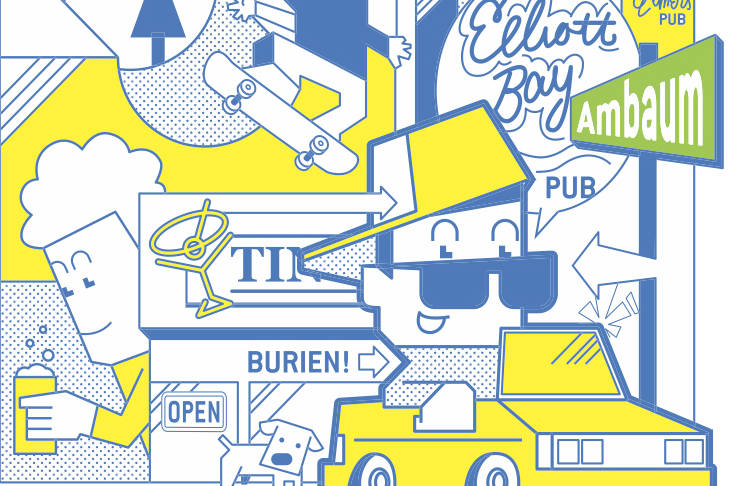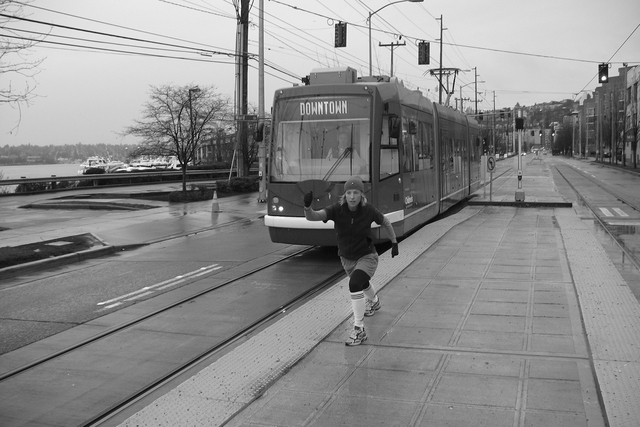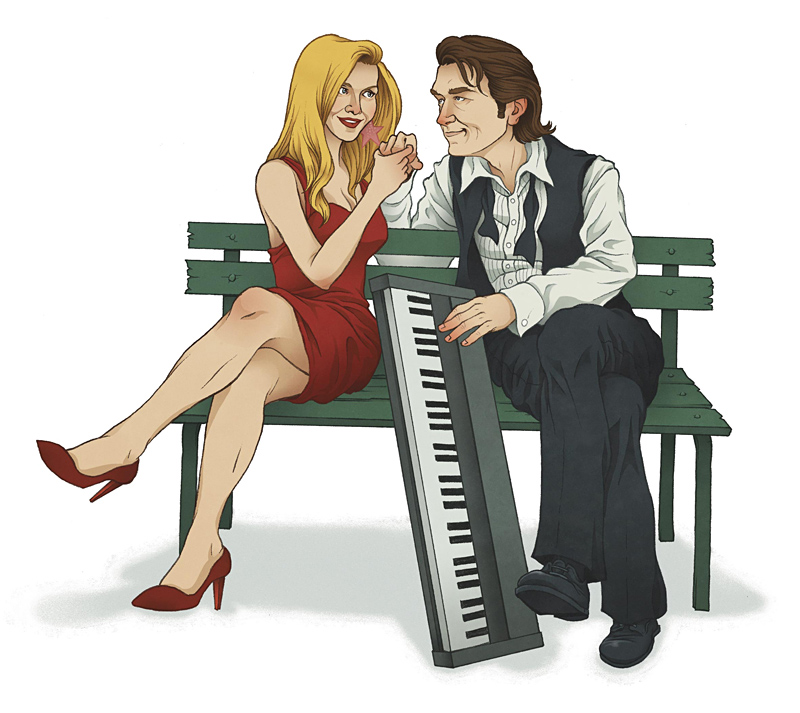Mike Lewis is best known to Seattleites as the man who penned the “Under the Needle” column for the now-defunct print version of the Seattle P-I. Lesser known is the fact that Lewis, who’s long dreamed of one day owning his own watering hole, has tended bar once a week at the Streamline Tavern, a small dive located not far from the towering monument referenced in the title of his column. “I intended to [bartend] for two months and ended up doing it for five years,” says Lewis with a laugh.
Since losing his job at the P-I, Lewis has remained active in the journalistic realm, picking up freelance assignments from Seattle Business and Us Weekly as well as interning for the Tacoma NPR affiliate KPLU. “Hopefully they’ll start paying me for freelance soon,” Lewis says of the unpaid radio gig. “I’d rather be working at a paper; that’s still my primary goal. But in the back of my head, I thought if I ever wanted to own a bar, I’d better work in one for awhile.”
Now Lewis works three nights per week behind the Streamline’s horseshoe bar, which he says is shaped “more like a chain-link.” What’s more, Lewis and three other veterans of the Seattle spirits scene have taken over the Lower Queen Anne tavern and will soon assume ownership (the business will formally change hands once licensing issues are cleared up). “The prior owner was in arrears with the landlord, so it was kind of a fire sale,” he explains.
Lewis’ partners include Lock & Keel owner John Herrmann, former College Inn owner Gary Kelfner (former SW editor Skip Berger’s brother-in-law), and Blue Moon bartender Mary McIntyre—Lewis’ longtime girlfriend, whose tastefully nude likeness adorns the sign of the historic U District bar which employs her.
Even if she ultimately picks up a shift or two per week at the Streamline, McIntyre won’t be leaving the Moon. (“It’s such a good place to work,” she says.) The Streamline’s new owners plan to screw as little as possible with the tavern’s interior, and would love to keep the tall yellow sign on its exterior intact—if the state will let them.
Noting that the tavern (i.e., exclusively beer and wine) model is “not as successful as it used to be,” Lewis and his cohorts are applying for a full spirits license. When this happens, the state liquor board requires an establishment to drop the “tavern” from its moniker and signage. Seeing as how “‘tavern”s the main word on” the Streamline’s sign, as McIntyre notes, that will pose a quandary if and when higher-octane booze is made available.
Also challenging is the tight layout of the bar. “It’s very difficult to get liquor and glasses and an ice machine [in that space],” concedes Lewis. “[But] I’m hoping we can keep the configuration; it may be the only one like it in town. It encourages conversation across the bar as well as with someone next to you.”
Should he choose to monkey with the interior, Lewis reports that “we’ve had 30 people who’ve said, ‘If you get rid of the dogs-playing-pool tapestry, I want it.'”








